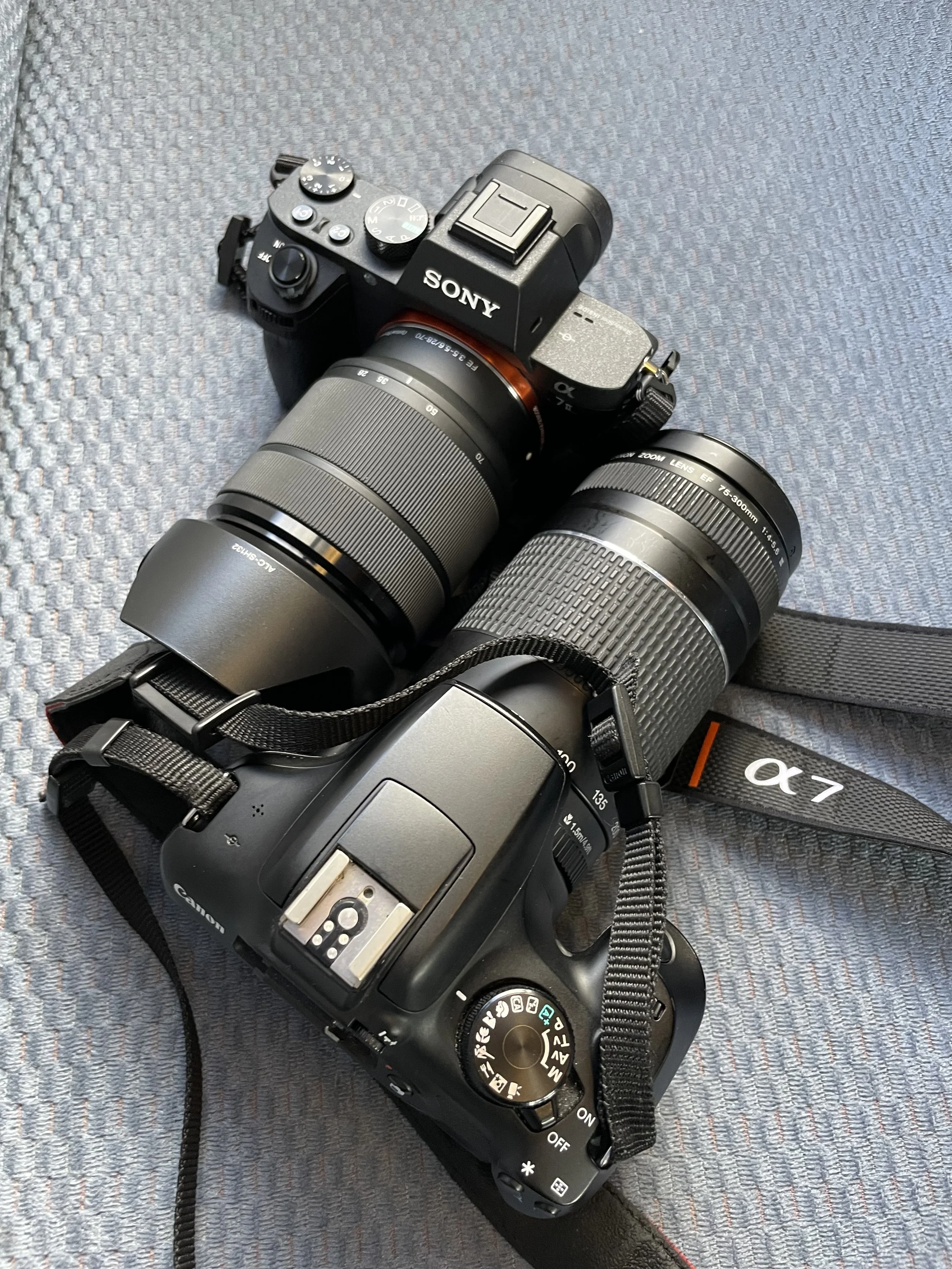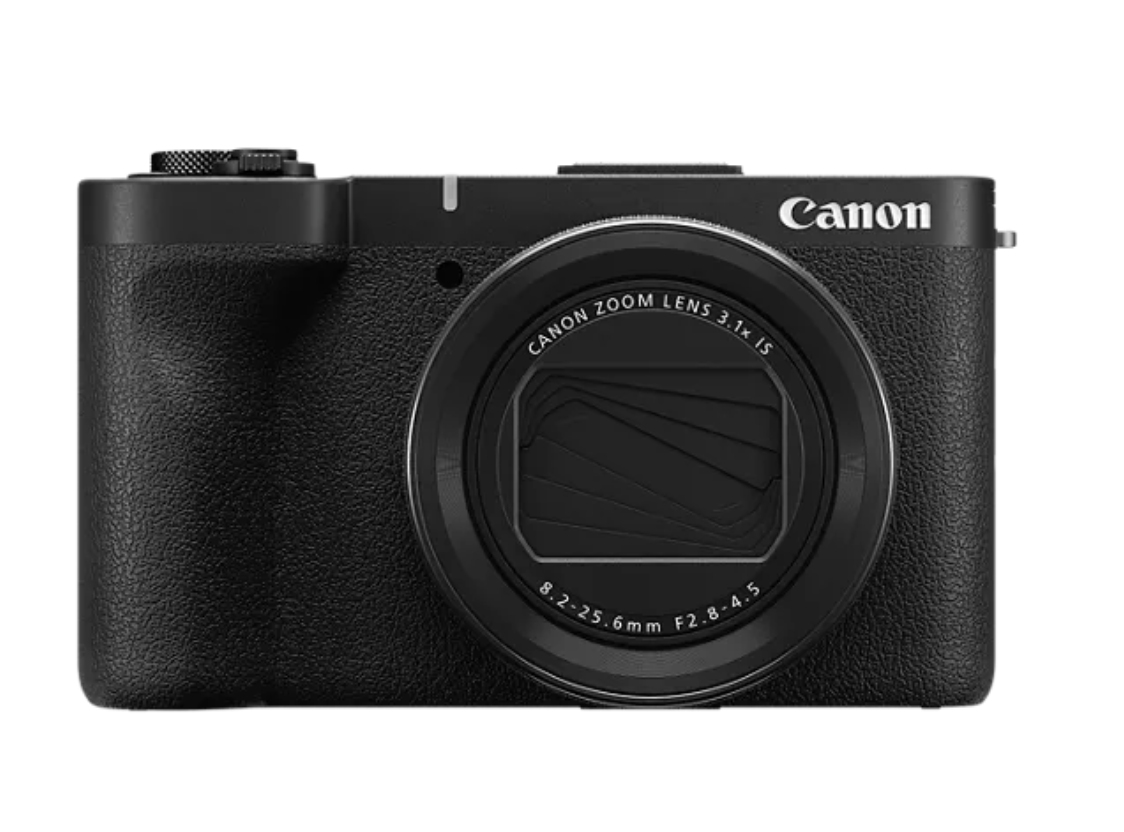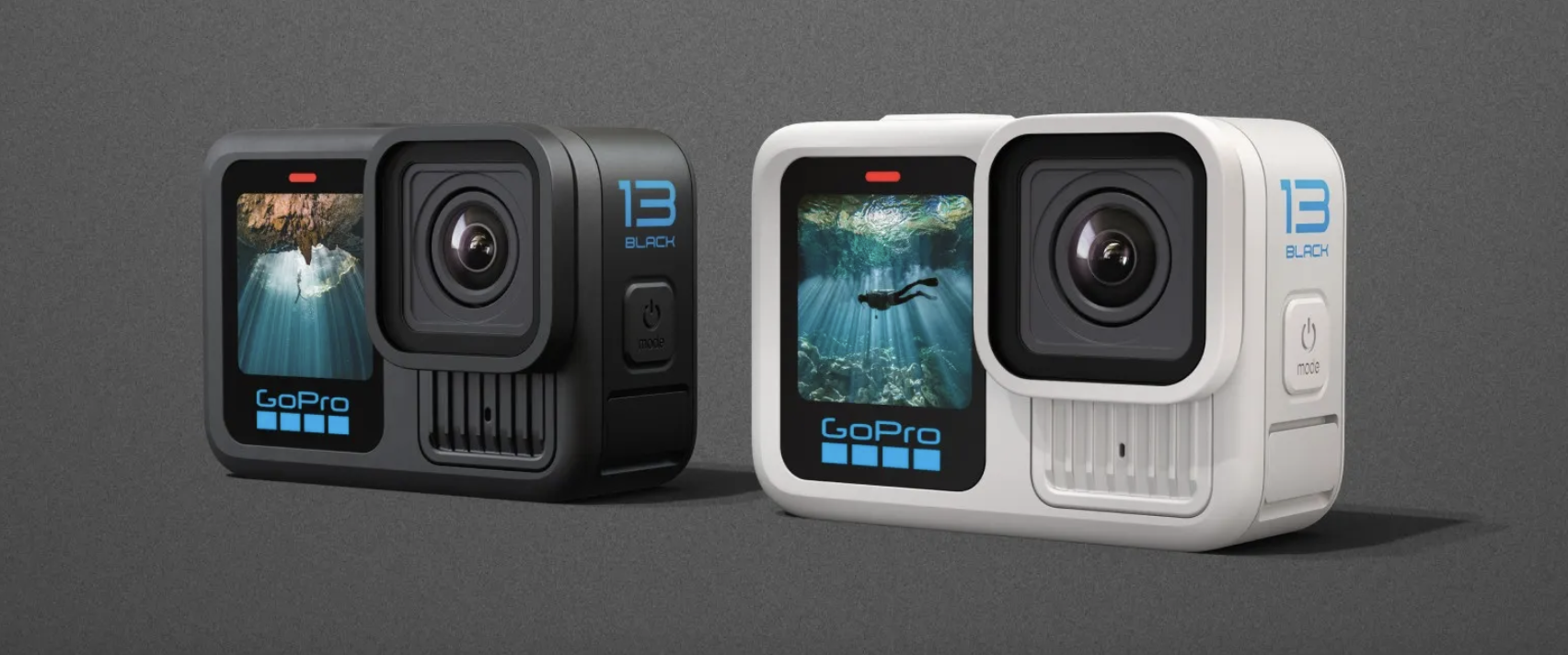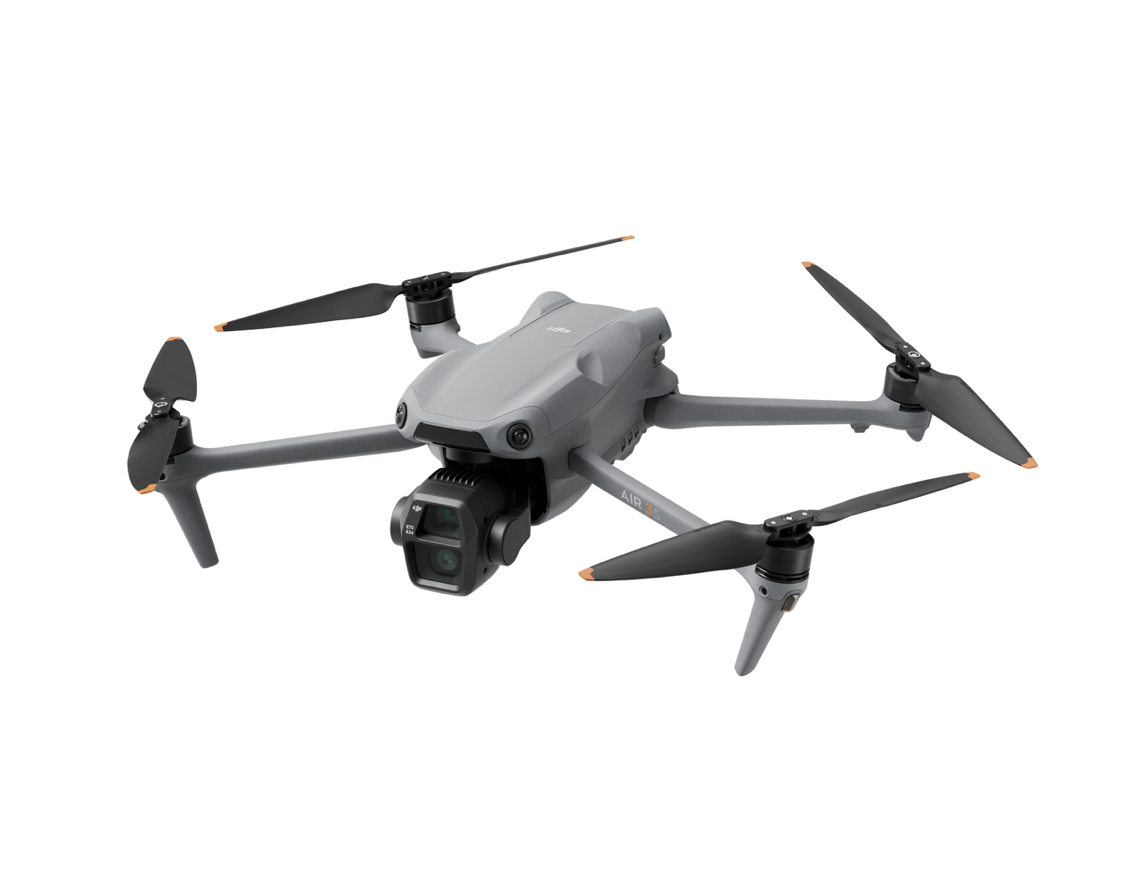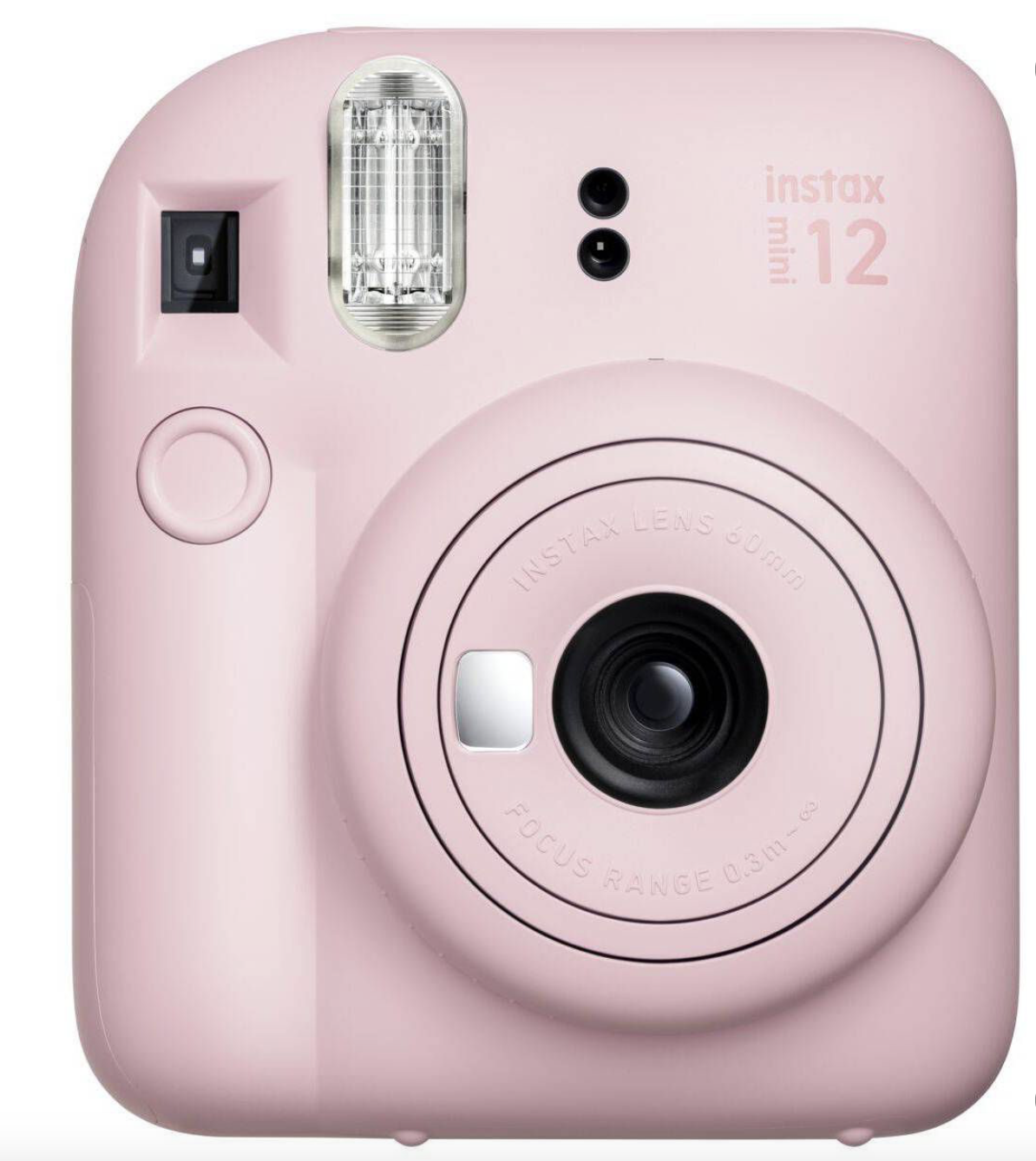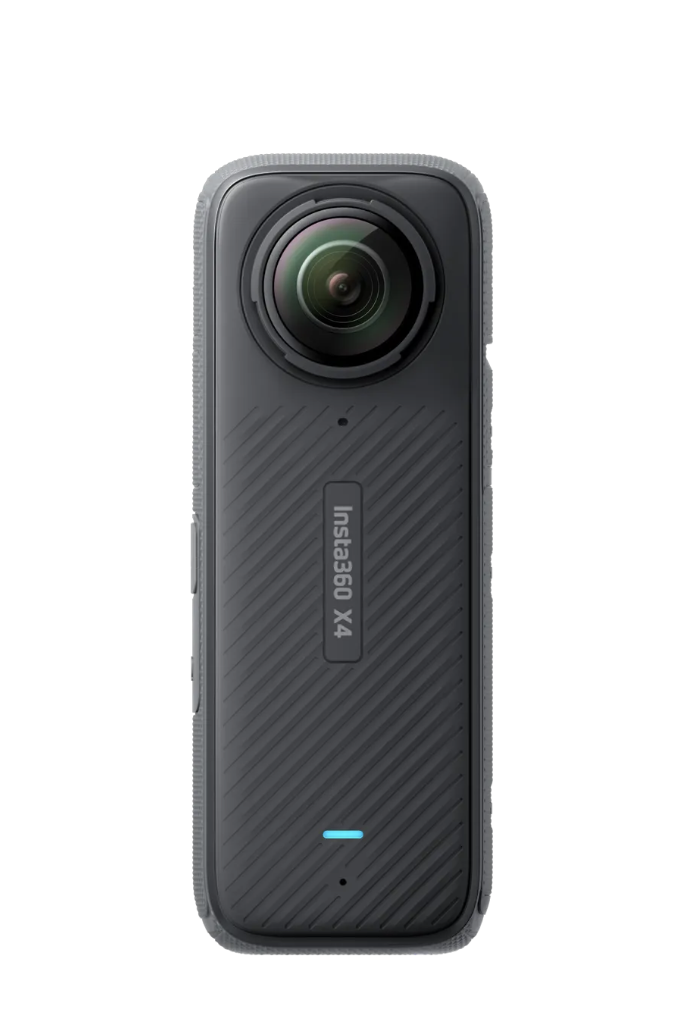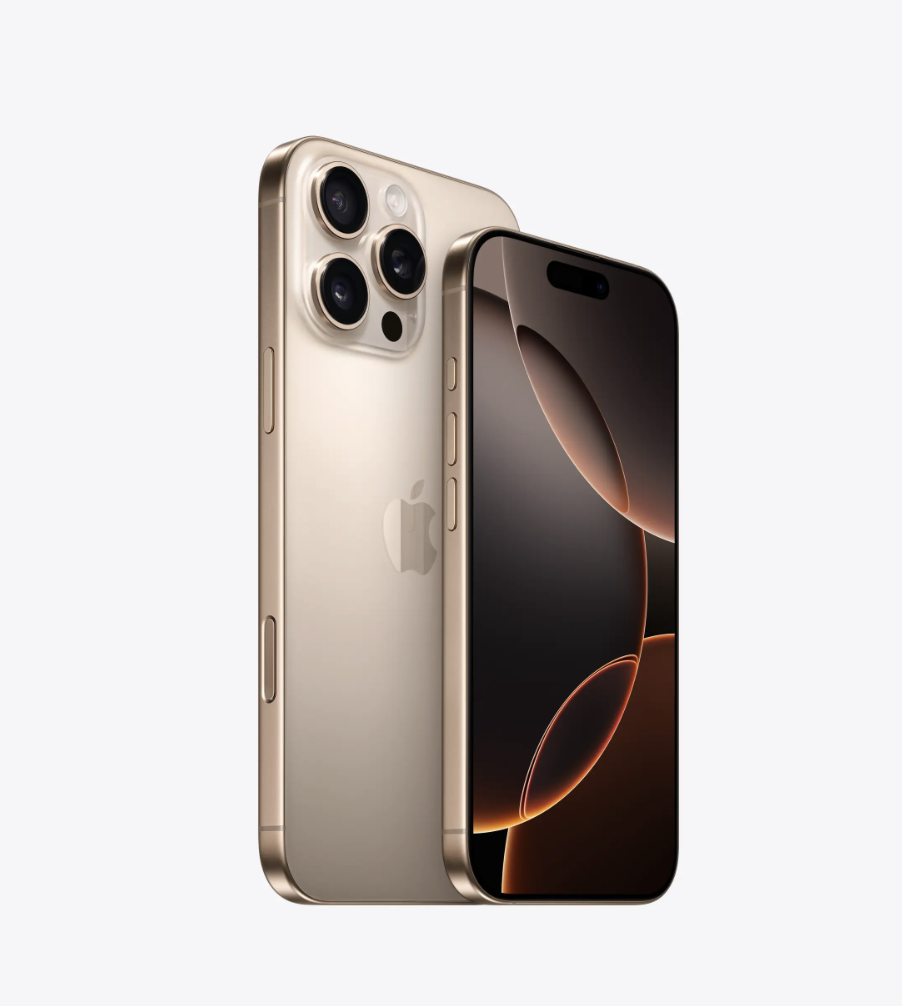Best Travel Cameras: How to Choose the Right One for Your Trip
One of the greatest joys of traveling is capturing and preserving memories. For many, this means taking photos to document their experiences. Having the right camera on hand to capture those once-in-a-lifetime moments is invaluable. But how do you choose the best camera for your trip?
One of the most frequently asked questions I get when showing people my travel photos is, "What kind of camera do you have?" My go to response is, "A few." On average, I take three cameras with me on every trip: either my mirrorless or DSLR (sometimes both), my GoPro or Osmo Pocket (sometimes both), and my phone. Between these, I can usually capture whatever image I choose.
These days, most people rely on their smartphones for photography due to their ease of use and built-in editing tools. However, a smartphone isn’t always the best option. Sometimes, a more advanced camera is needed to truly do justice to the scenery and moments you want to capture.
Below is a guide to various camera types that you might consider bringing on your next adventure.
Image from usa.canon.com
1. DSLR Cameras
Pros:
Superior Image Quality: Large sensors provide sharp, vibrant, and highly detailed photos, even in low light.
Lens Versatility: Interchangeable lenses allow for creative control and different focal lengths.
Manual Settings: Full control over shutter speed, aperture, and ISO.
Cons:
Bulky & Heavy: Requires a dedicated bag and can be cumbersome.
Steeper Learning Curve: Advanced settings can be overwhelming for beginners.
Portability: Moderate – Ideal for serious photographers willing to carry extra gear.
Best for: Travelers who prioritize professional-level image quality.
Top Brands & Models:
Canon (e.g., Canon EOS 90D, Canon EOS 5D Mark IV)
Nikon (e.g., Nikon D7500, Nikon D850)
Pentax (e.g., Pentax K-1 Mark II)
Image from Sony.com
2. Mirrorless Cameras
Pros:
High Image Quality: Comparable to DSLRs with large sensors and interchangeable lenses.
Compact & Lightweight: More travel-friendly than a DSLR.
Fast Autofocus: Ideal for capturing action shots.
Cons:
Shorter Battery Life: Requires frequent recharging.
Fewer Lens Options: Although improving, lens selection isn’t as extensive as DSLRs.
Cost: These cameras are expensive.
Portability: Excellent – A great balance between quality and convenience.
Best for: Photographers wanting DSLR-like quality in a smaller package.
Top Brands & Models:
Sony (e.g., Sony Alpha a7 IV, Sony Alpha a6400)
Canon (e.g., Canon EOS R6, Canon EOS R5c)
Nikon (e.g., Nikon Z6 II, Nikon Z9)
Fujifilm (e.g., Fujifilm X-T5, Fujifilm X100V)
Panasonic (e.g., Panasonic Lumix GH6)
Image from usa.canon.com
3. Point-and-Shoot Cameras
Pros:
Easy to Use: No complex settings, just point and shoot.
Extremely Compact: Fits easily in a pocket or small bag.
Affordable: Generally more budget-friendly than larger camera systems.
Cons:
Lower Image Quality: Not as sharp as DSLRs or mirrorless cameras, especially in low light.
Limited Features: No interchangeable lenses or advanced manual controls.
Portability: Outstanding – Perfect for minimalist travelers.
Best for: Casual travelers who want a simple, compact camera.
Top Brands & Models:
Image from GoPro.com
4. Action Cameras (e.g., GoPro)
Pros:
Durable & Rugged: Waterproof, shockproof, and built for adventure.
Versatile Mounting: Hands-free operation for extreme sports.
Compact: Easily fits into small bags or pockets.
Cons:
Limited Zoom & Lenses: Fixed wide-angle lens only.
Short Battery Life: Especially when recording in 4K.
Portability: Excellent – Ultra-compact and travel-friendly.
Best for: Adventurers seeking durable, high-quality action shots.
Top Brands & Models:
Image from DJI.com
5. Drones
Pros:
Stunning Aerial Views: Captures breathtaking landscapes from above.
Stable Footage: Gimbals provide smooth, cinematic video.
Advanced Features: GPS tracking and automated flight paths.
Cons:
Size & Legal Restrictions: May require permits to fly in certain areas.
Short Battery Life: Most drones have limited flight times.
Learning Curve: Requires practice to operate effectively.
Portability: Moderate – Compact models exist but still require a dedicated bag.
Best for: Travelers seeking unique aerial photography.
Top Brands & Models:
DJI (e.g., DJI Mavic 3, DJI Mini 4 Pro)
Autel Robotics (e.g., Autel Evo Lite+)
Skydio (e.g., Skydio 2+)
Image from BHphoto.com
6. Underwater Cameras
Pros:
Waterproof: No need for additional protective housing.
Rugged Build: Shockproof, dustproof, and freezeproof for extreme conditions.
Compact: Easy to carry on water-based adventures.
Cons:
Lower Image Quality: May not match high-end DSLRs or mirrorless cameras.
Limited Zoom: Typically features a fixed wide-angle lens.
Portability: Excellent – Lightweight and travel-friendly.
Best for: Snorkelers, divers, and water sports enthusiasts.
Top Brands & Models:
Image from Fujifilm.com
7. Instant Cameras (e.g., Polaroid)
Pros:
Instant Prints: Immediate physical keepsakes.
Retro Aesthetic: Classic, nostalgic photo quality.
Simple to Use: Minimal settings and adjustments required.
Cons:
Lower Image Quality: Grainy, lower-resolution images.
Film Costs: Instant film can be expensive.
Limited Controls: No zoom or advanced features.
Costly Refills: The film cartridges can be expensive.
Portability: Excellent – Small and lightweight.
Best for: Travelers who love tangible, instant photo souvenirs.
Top Brands & Models:
Image from insta360.com
8. 360 Cameras
Pros:
Panoramic Views: Captures immersive 360-degree photos and videos.
Unique Perspective: Ideal for travel vlogs and virtual tours.
Interactive Experience: Can be explored digitally in 360 degrees.
Cons:
Lower Resolution: May not match standard camera image quality.
Editing Required: Needs special software to stitch images together.
Portability: Moderate – Compact but requires careful handling.
Best for: Travelers wanting immersive, interactive content.
Top Brands & Models:
Insta360 (e.g., Insta360 X3)
GoPro (e.g., GoPro Max)
Ricoh (e.g., Ricoh Theta Z1)
Image from apple.com
9. Smartphones
Pros:
Always Available: Convenient and always within reach.
Multi-Functional: Allows instant sharing, editing, and video recording.
Advancing Technology: Features like portrait mode and night mode improve image quality.
Cons:
Limited Control: Fewer manual settings compared to dedicated cameras.
Image Depth & Sharpness: Still not on par with DSLRs or mirrorless cameras in certain conditions.
Portability: Excellent – The ultimate on-the-go option.
Best for: Everyday travelers who want convenience and instant sharing capabilities.
Top Brands & Models:
Choosing the best camera for your travels depends on your needs and priorities:
For top-tier image quality: Opt for a DSLR or mirrorless camera.
For portability and ease of use: A smartphone or point-and-shoot camera is ideal.
For action and adventure: Choose an action cam or drone.
For underwater photography: An underwater camera is essential.
For instant memories: A Polaroid or instant camera adds a nostalgic touch.
Image from meta.com
Bonus: Smart Glasses with Cameras
These wearable cameras allow for hands-free, first-person perspective photography and video recording.
• Meta (Ray-Ban) Smart Glasses – Feature HD cameras for photo and video recording, plus AI integration.
• Bose Frames Tempo – Primarily audio-focused but with built-in camera accessories.
Happy shooting!

